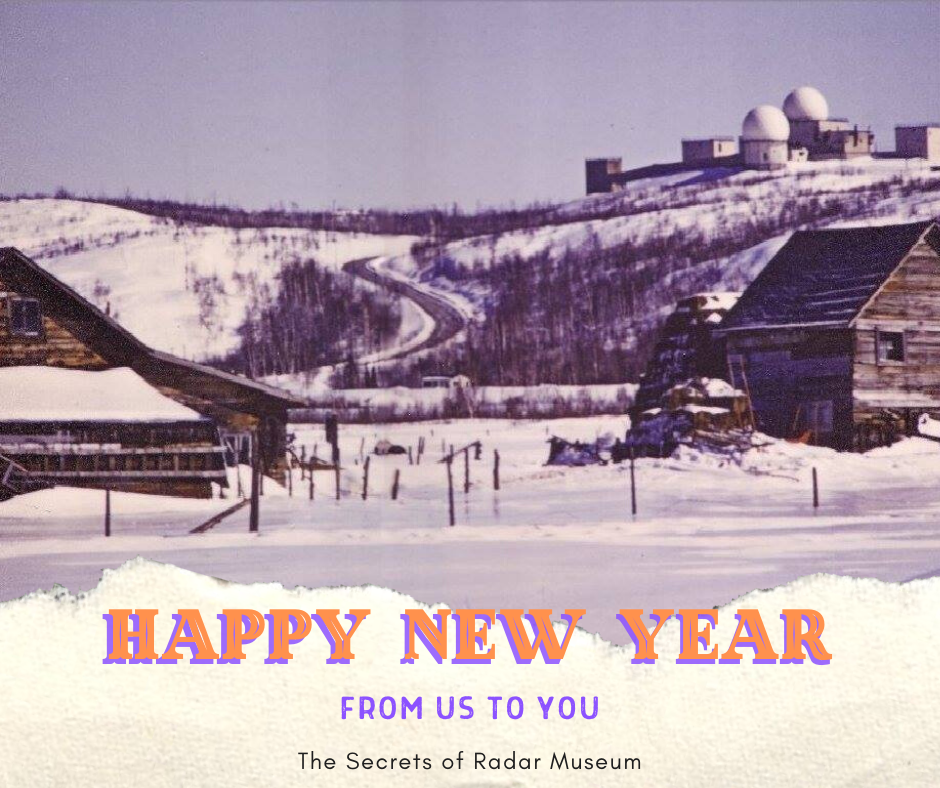Statement on Truth and Reconciliation
The Secrets of Radar Museum acknowledges that it is located on the traditional lands of the Anishinaabek, Haudenosaunee, Lūnaapéewak, and Attawandaron peoples, on lands connected with the London Township and Sombra Treaties of 1796 and the Dish with One Spoon Covenant Wampum.
Museums are not neutral. The history of museums is linked to histories of colonialism and classification—of things, places, cultures, people. Even us, a small museum dedicated to Canadian radar history, is touched by colonialism. The radar history we share has touched every part of the world, has both witnessed and enacted divisive and traumatic actions, not only in and because of war, but in the name of technological advancement and superiority.
We were founded by WWII veterans and share a predominantly military history that is, itself, one of marginalisation and personal sacrifice. It is a history about which we feel enormous pride and love, for our veterans, for our community, for the beautiful stories of overcoming the odds and rising above expectations. But, within that history, and surrounding it, are things that hurt, us, our veterans, our community. Broadly speaking, the Canadian Forces and military tradition share a long history of racism and sexism. This does not make our museum, or the military, inherently bad, but it must be acknowledged that arbitrary restrictions based on stereotypes and prejudices affected who could join what branches of service, for how long, or not at all, and what kind of experience they had while serving. We must acknowledge those wrongs and correct for them. It is a sometimes agonizingly slow process, and many excellent people have been damaged waiting for movement from those unwilling to accept the truth or the willingness to push for change.
Now, faced as we are with the evidence of a traumatic and violent system, one that Indigenous peoples have long spoken of, and about which investigations were demanded (and ignored), we are shaken. We are disturbed by this revelation, by this haunting truth about the Indian Residential School System, and we should be disturbed. It is appropriate to be disturbed, angry, disgusted, horrified, betrayed. What has been enacted against Indigenous peoples in the name of “civilisation” and “assimilation”—and the reverberations that continue to be felt today—are no less than disturbing, angering, horrifying betrayals of human rights and dignity. As a nation, Canada carries a burden of past and current injustices perpetrated against First Nations, Inuit, and Métis peoples, and these wrongs must be corrected. We must, collectively and individually, demand action, not just because of stolen and lost children, not just for missing and murdered Indigenous women, not just for clean drinking water, but for those human rights and dignity in which we as a nation so strongly believe.
We are a tiny museum, but truth and reconciliation matters to us.






